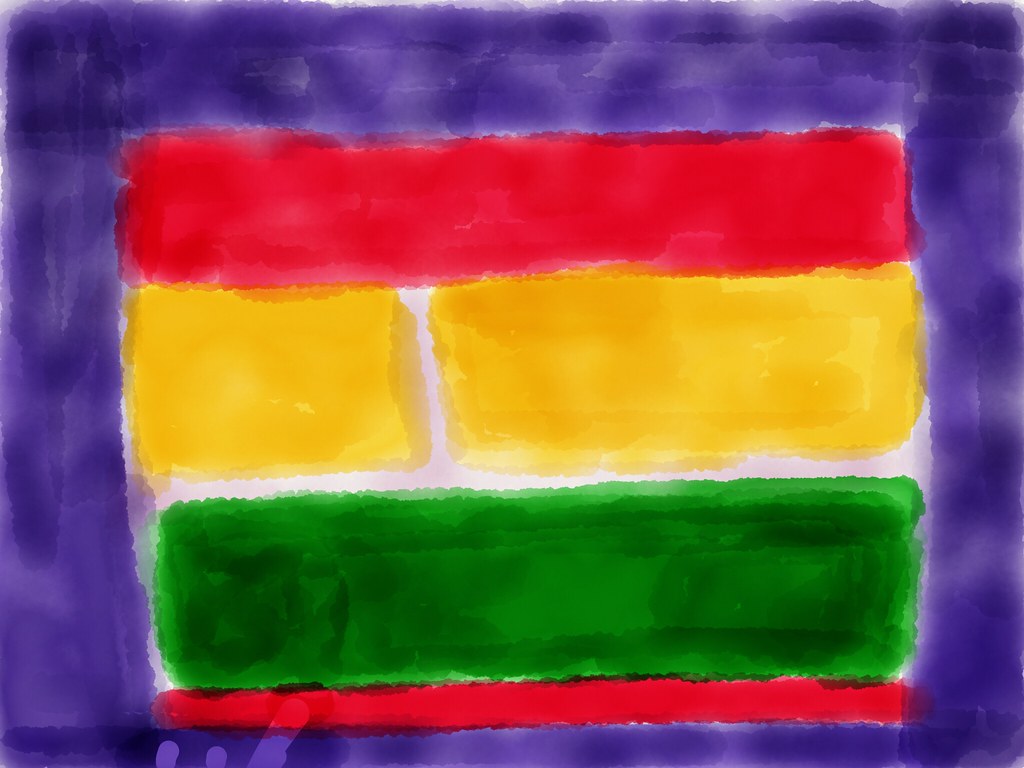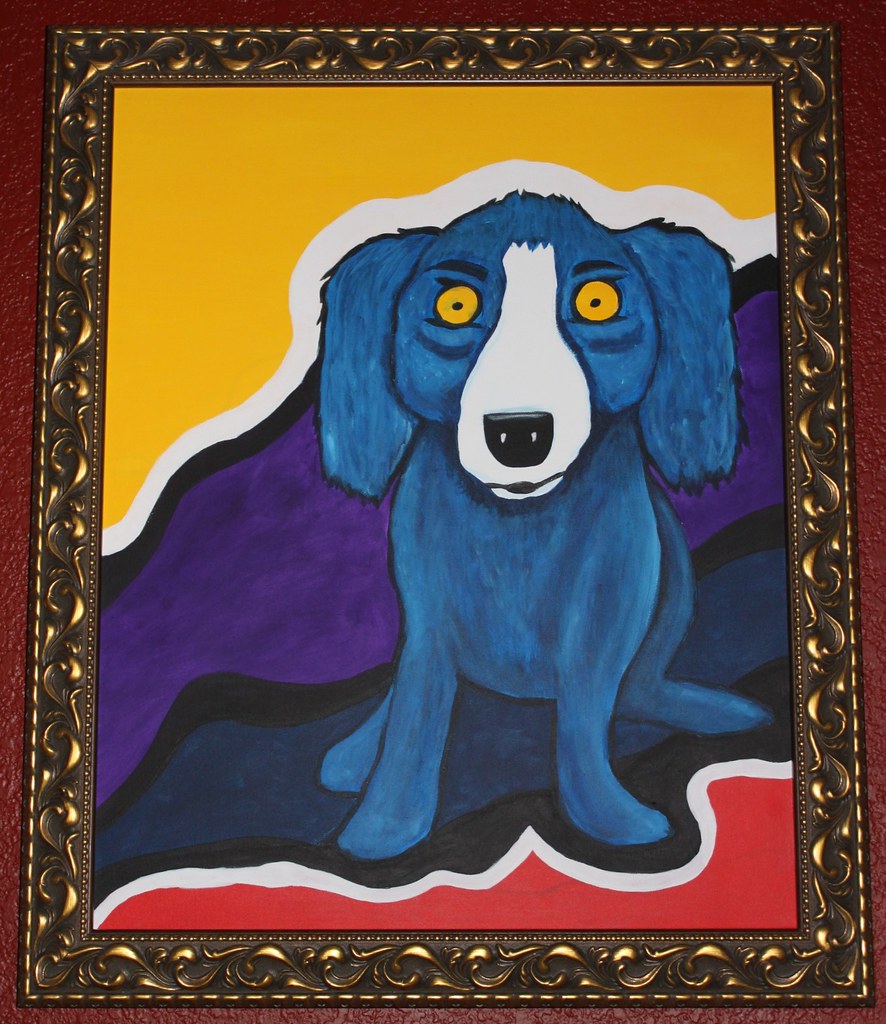Typography exploration
Typography. It can express the energy that a word gives, sounds, or even feels. Using Adobe Illustrator CS6, we were given the task of picking a word and picking out the details to help express what that word represents in terms of feelings, mood, sound, etc. The word that I picked was "Utopia".
The word "Utopia" (pronounced UU-Toe-pEE-AH) is defined as an "imagined place or state of things in which everything is perfect."
When I hear the word "Utopia", I envision a tropical hideaway far from the loud hustle-bustle of modern living. Somewhere like a island in the middle of nowhere with a cascading waterfall, lush flowers, chirping birds, etc. I hear the gentle breeze, the melodic strings of a harp being plucked by that of a gentle, long-haired, kind goddess, and the beauty of nature being exposed fully.
The type of font as well as it's composition and format is crucial to helping convey the intended message and express the feeling of a piece of text. I downloaded a font off of a website to use so that way I could open my options up as much as possible for finding the "perfect" font. I used "Scriptina" font for the word "Utopia" at size 107.53 points. I changed the colouring of each letter in the word "Utopia" to create a range of colours that mimic a rainbow. I used mostly light colours, however, to create a light sense rather than having heavy dark colours hanging on the screen. I placed the word to the mid-left of the screen to create a "rule-of-thirdsworthy" balance (having something not directly centre for visual interest). I then type my description of the word "Utopia" underneath with a bit of space in-between as to let the text have some room to breathe. The description was "Lao Sangam MN" font, size 16 points.
In conclusion, I really enjoyed the concept of the given work, and I hope to learn more and try new options when it comes to typography as well.
Down below is my typographic creation of the word "Utopia", as well as an image coupled with some audio that I thought perfectly define how I envision the word "Utopia".
Seen to the left: the typographic image that I created of the word "Utopia".
Seen to the left: an image that helps define how I envision the word "Utopia".
Seen to the left: an audio track that helps define how I envision the word "Utopia".
The word "Utopia" (pronounced UU-Toe-pEE-AH) is defined as an "imagined place or state of things in which everything is perfect."
When I hear the word "Utopia", I envision a tropical hideaway far from the loud hustle-bustle of modern living. Somewhere like a island in the middle of nowhere with a cascading waterfall, lush flowers, chirping birds, etc. I hear the gentle breeze, the melodic strings of a harp being plucked by that of a gentle, long-haired, kind goddess, and the beauty of nature being exposed fully.
The type of font as well as it's composition and format is crucial to helping convey the intended message and express the feeling of a piece of text. I downloaded a font off of a website to use so that way I could open my options up as much as possible for finding the "perfect" font. I used "Scriptina" font for the word "Utopia" at size 107.53 points. I changed the colouring of each letter in the word "Utopia" to create a range of colours that mimic a rainbow. I used mostly light colours, however, to create a light sense rather than having heavy dark colours hanging on the screen. I placed the word to the mid-left of the screen to create a "rule-of-thirdsworthy" balance (having something not directly centre for visual interest). I then type my description of the word "Utopia" underneath with a bit of space in-between as to let the text have some room to breathe. The description was "Lao Sangam MN" font, size 16 points.
In conclusion, I really enjoyed the concept of the given work, and I hope to learn more and try new options when it comes to typography as well.
Down below is my typographic creation of the word "Utopia", as well as an image coupled with some audio that I thought perfectly define how I envision the word "Utopia".
Seen to the left: the typographic image that I created of the word "Utopia".
Seen to the left: an image that helps define how I envision the word "Utopia".
Seen to the left: an audio track that helps define how I envision the word "Utopia".




